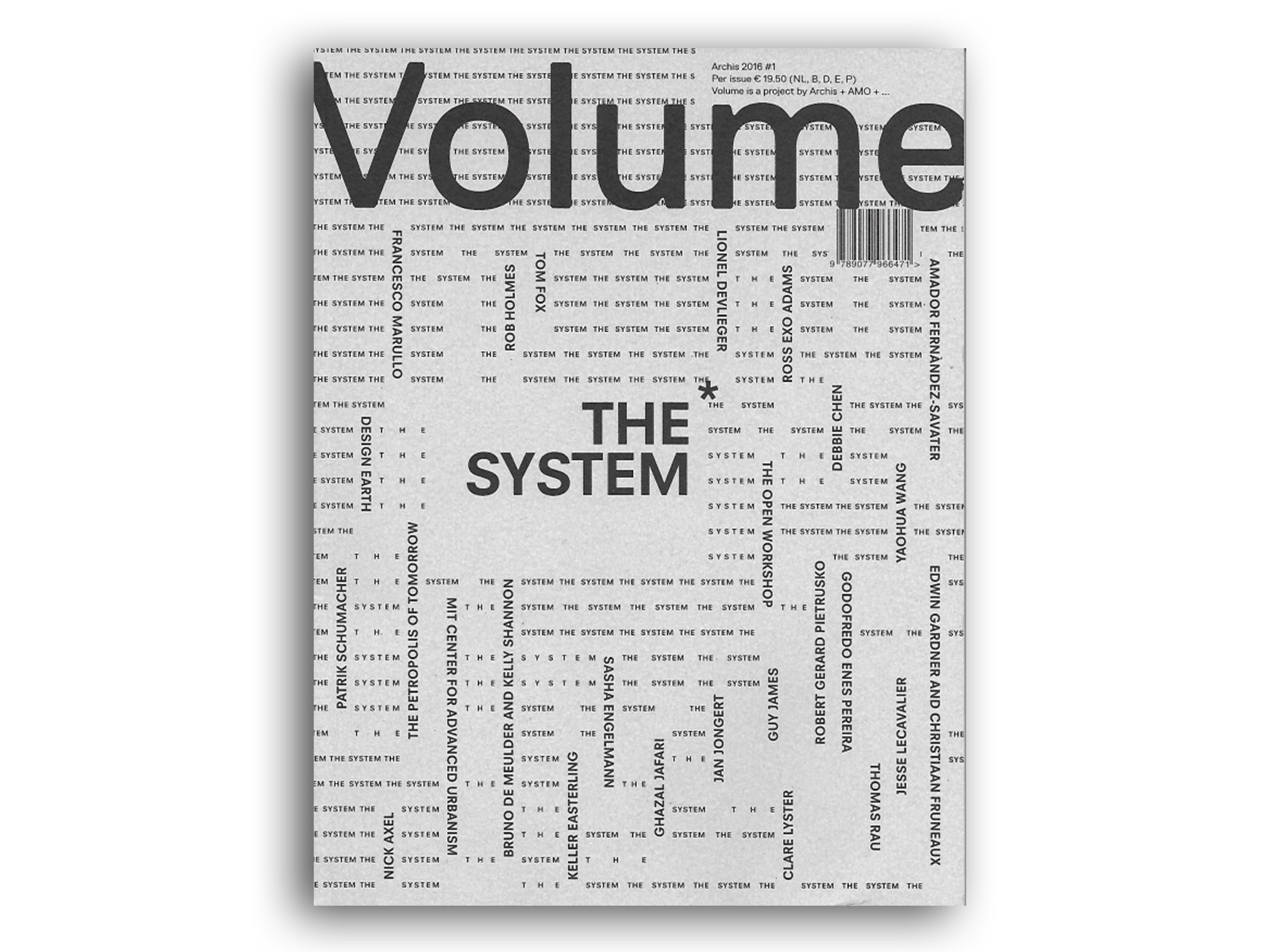Excerpt:
“The movement and management of sediment is arguably the largest continuous project of spatial manipulation on the planet. This ongoing battle between geology and industry is most apparent through the act of dredging. Dredging is the excavation, gathering, transport, and disposal of sediment from subaquatic areas, enacted to maintain depths of shipping channels, harbors, and ports as well as to reclaim land, create sea defenses, and remove toxic chemicals. The primary impetus for dredging is to sustain logistical routes for the shipping industry by countering the forces of erosion, movement, and settling of sediments. Like the logistics of the global shipping industry it serves, dredging is a continual process whose magnitude and significance have fostered their own series of ‘geologics’ – the engineering of material processes that operate in temporal and spatial scales that are geological in scope. Currently in the United States alone, more than four hundred ports and over 25,000 miles of navigation channels are being dredged.”
